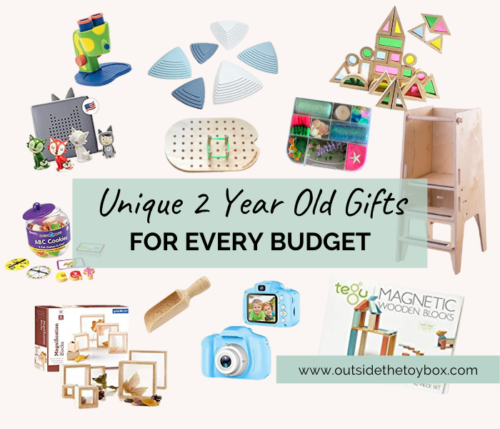
Unique 2 Year Old Gifts for Every Budget
My guess is you are here because you are looking for 2 year old gifts that are a little more unique than the average advertisement from Target or Amazon. Well, I have curated a list that works with any budget, plus aids in development, stands
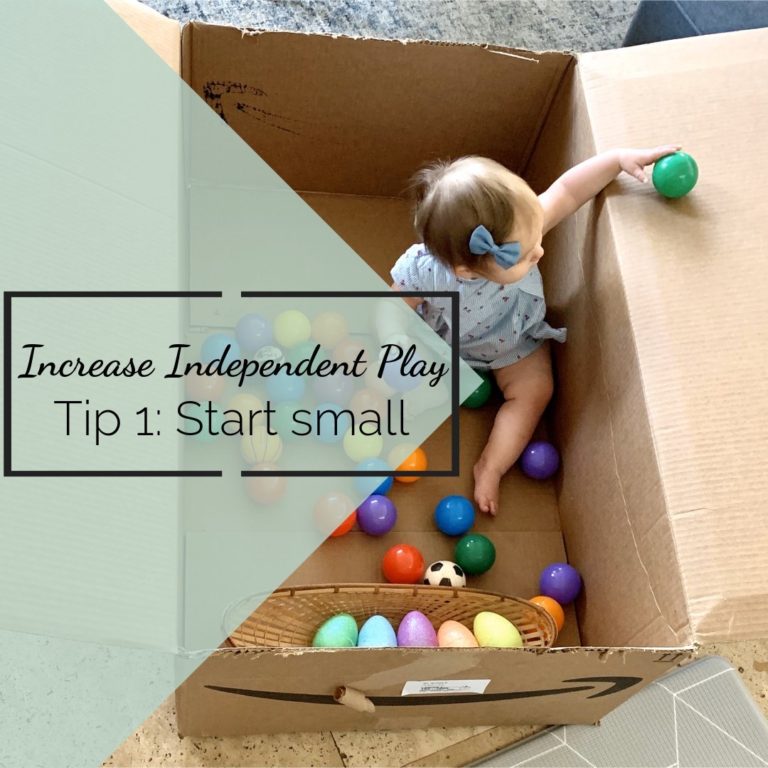
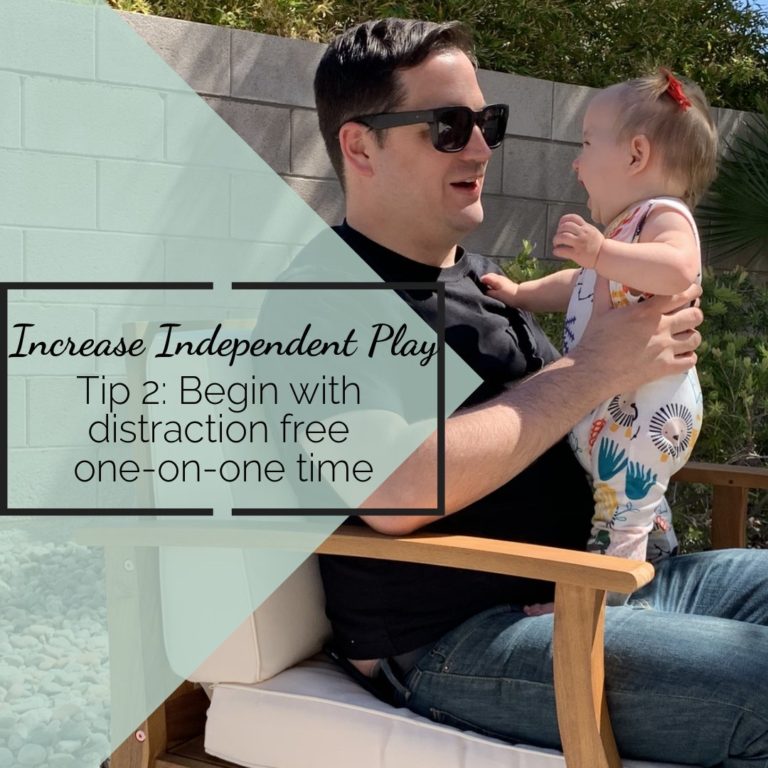
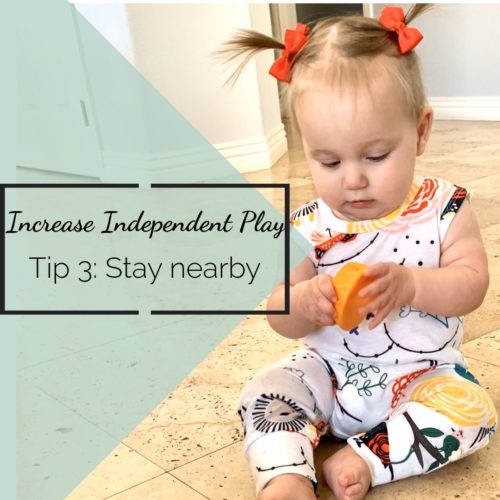
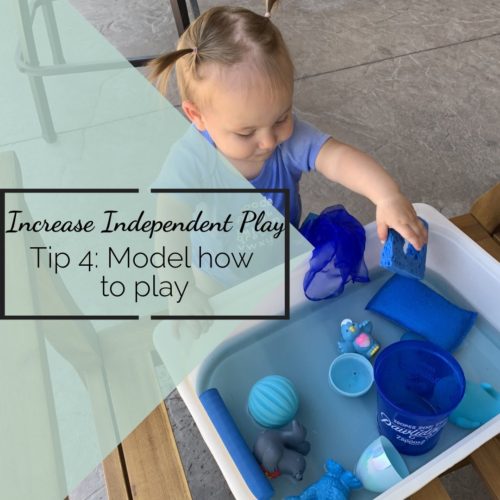
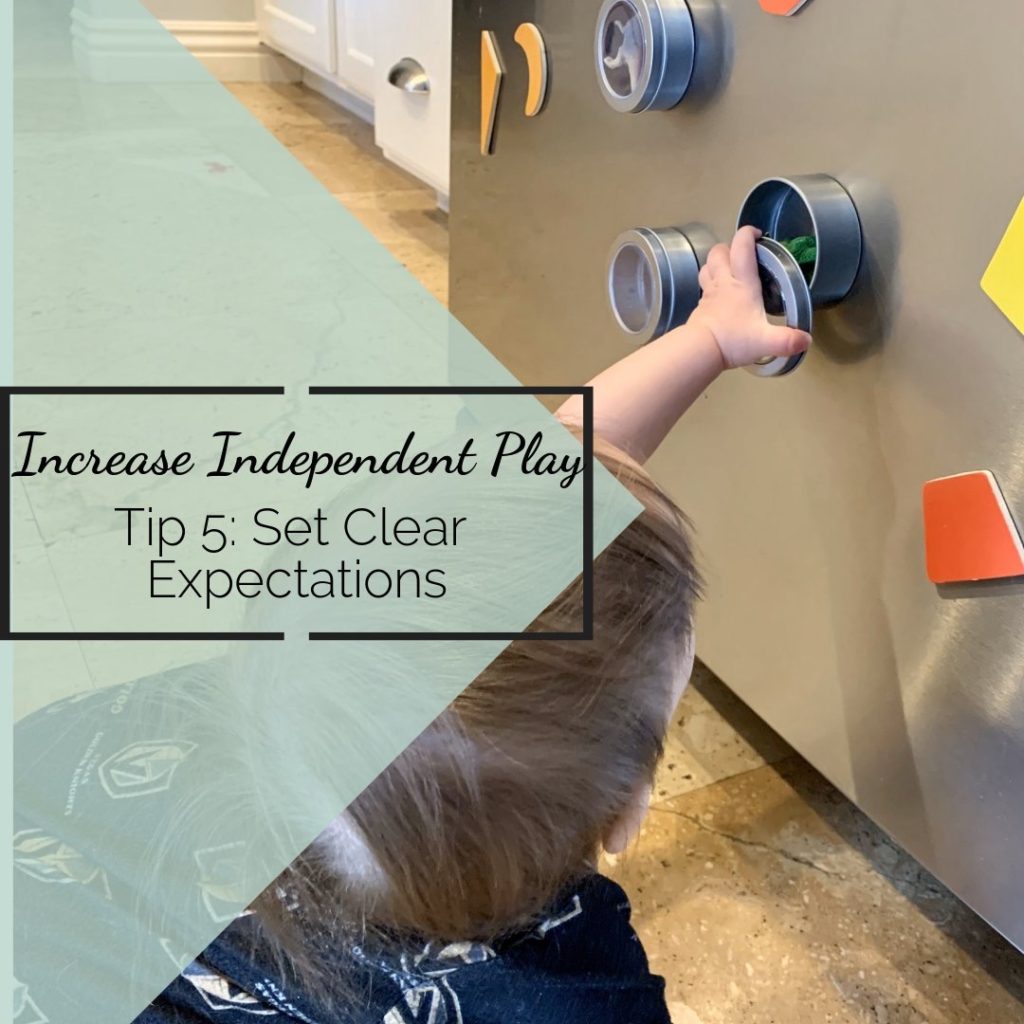
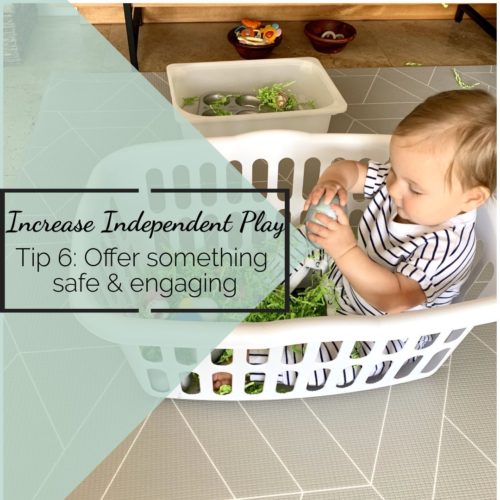
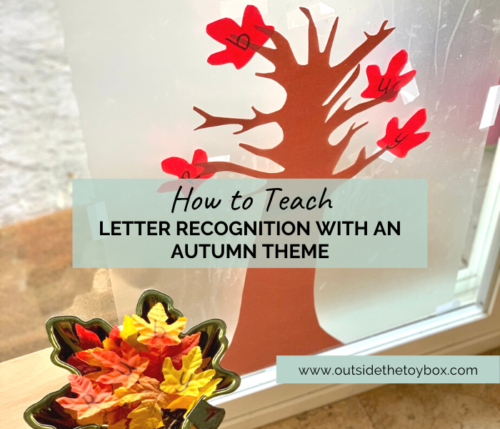
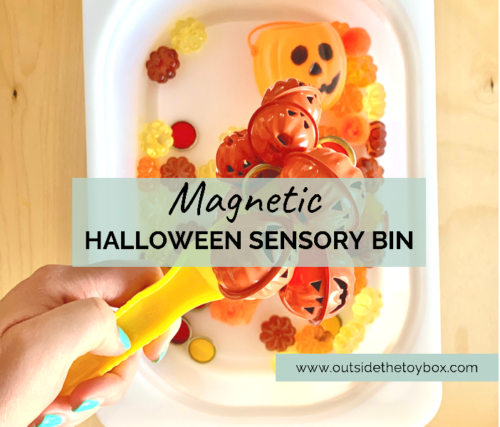
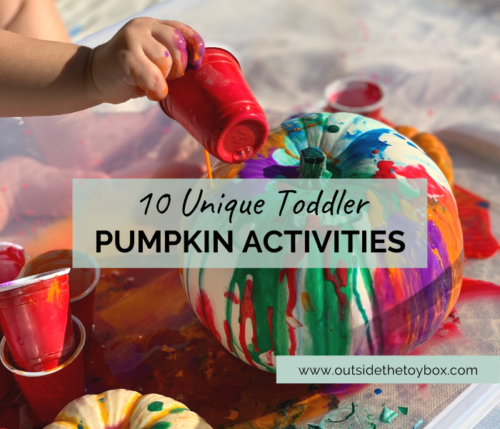
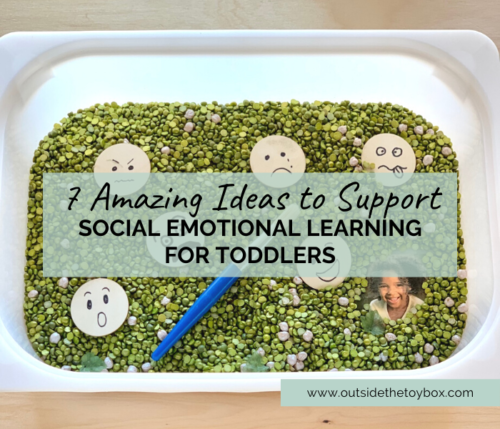
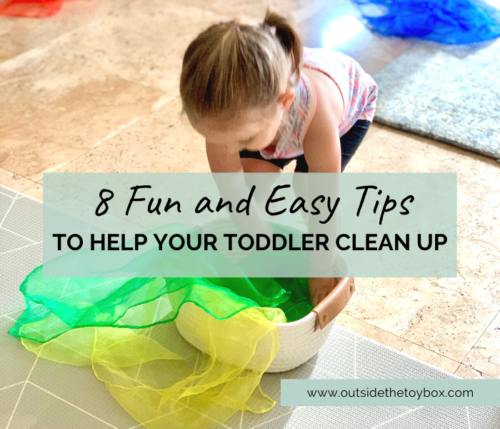
2 thoughts on “6 Tips to Increase Independent Play”
Wonderful tips! I am really excited for your live video on Tuesday.
Thank you! I’m glad you found some value in these tips.